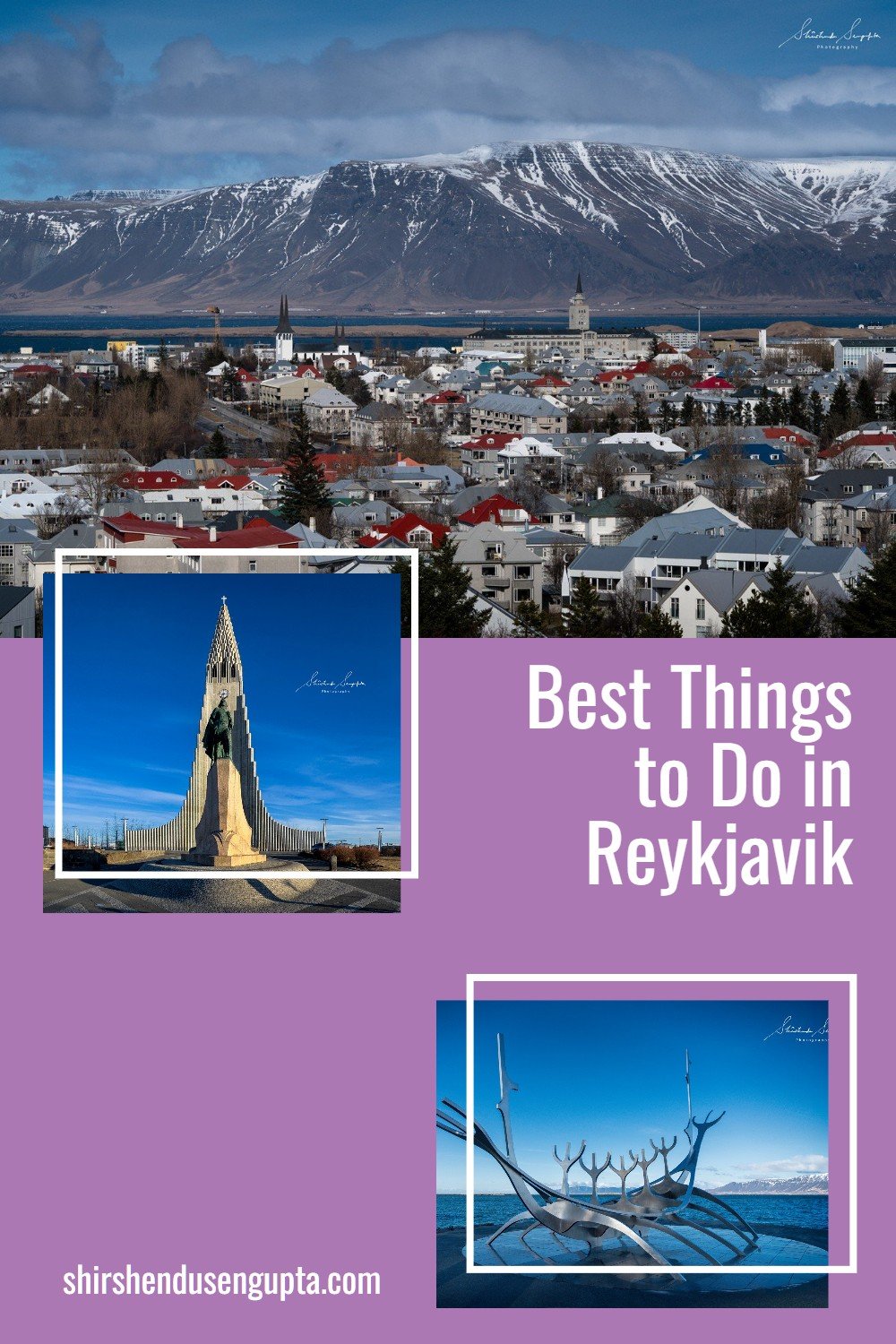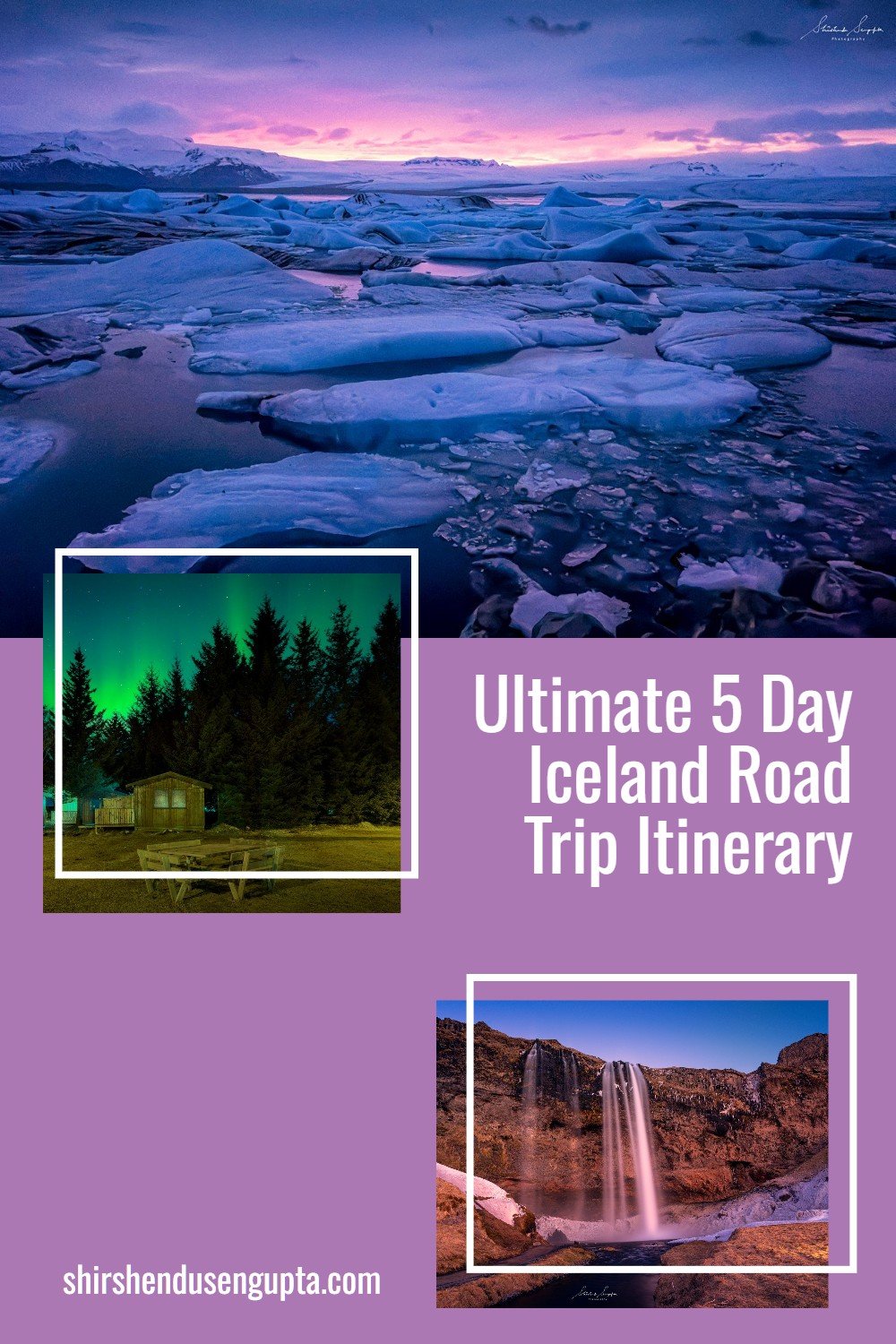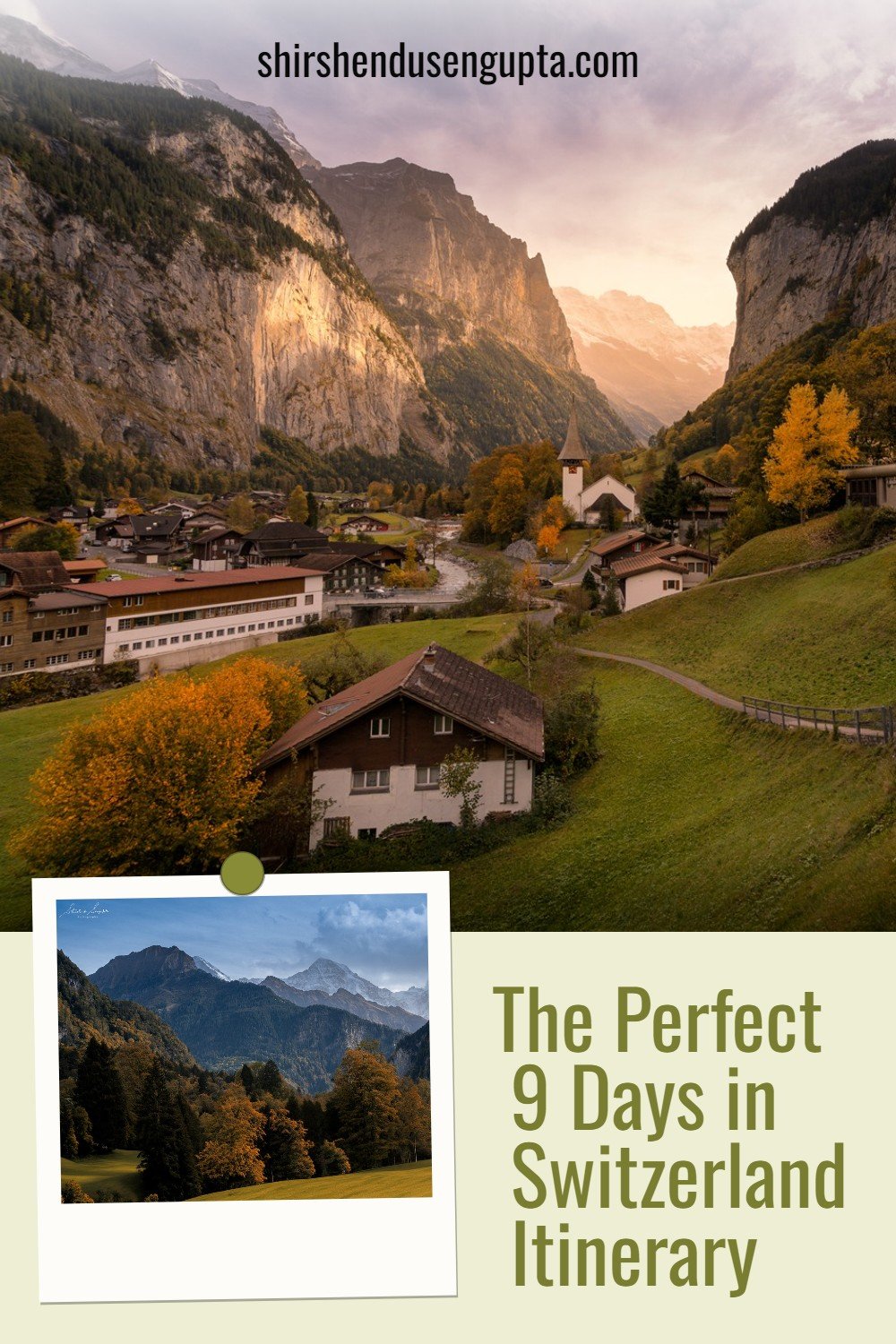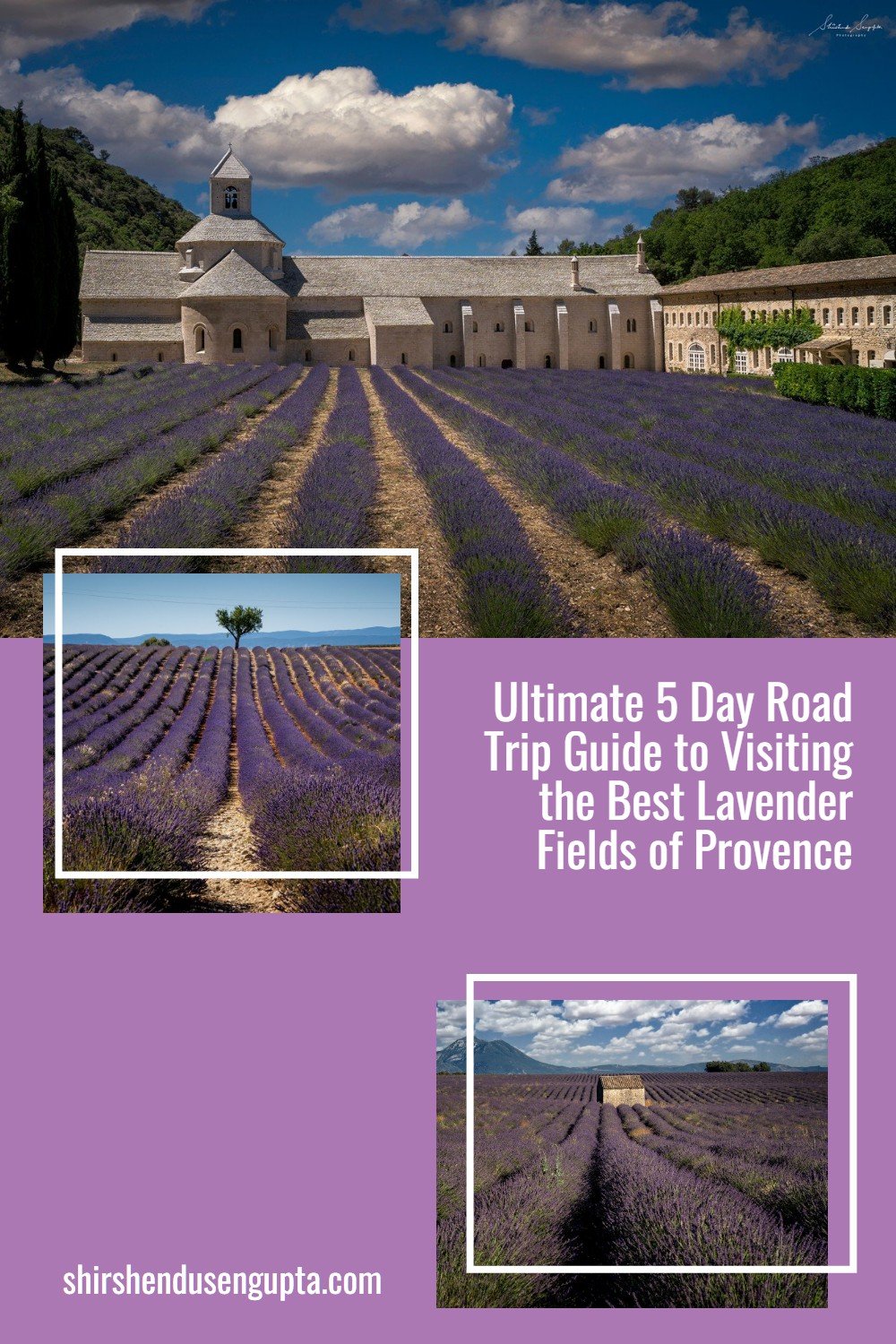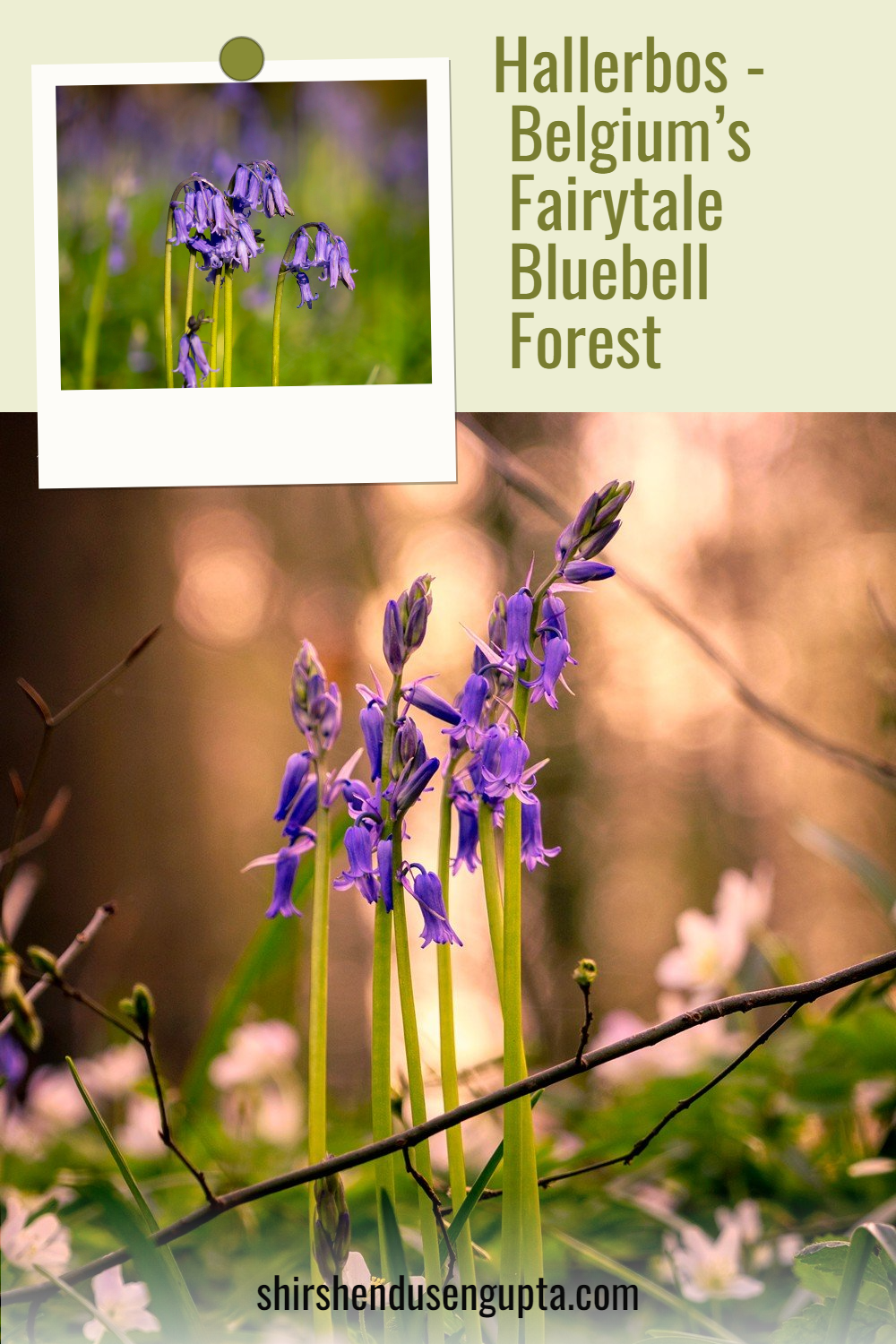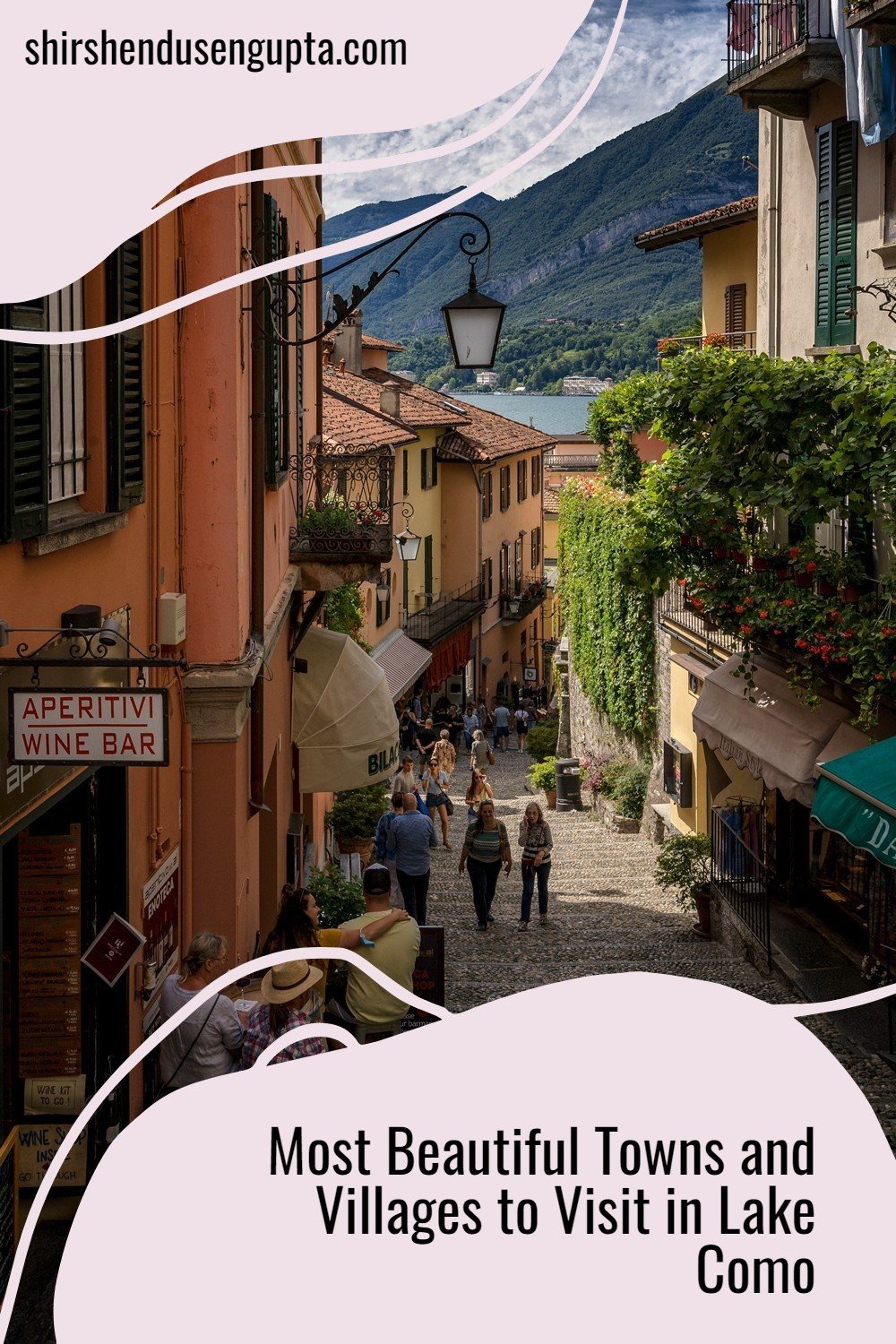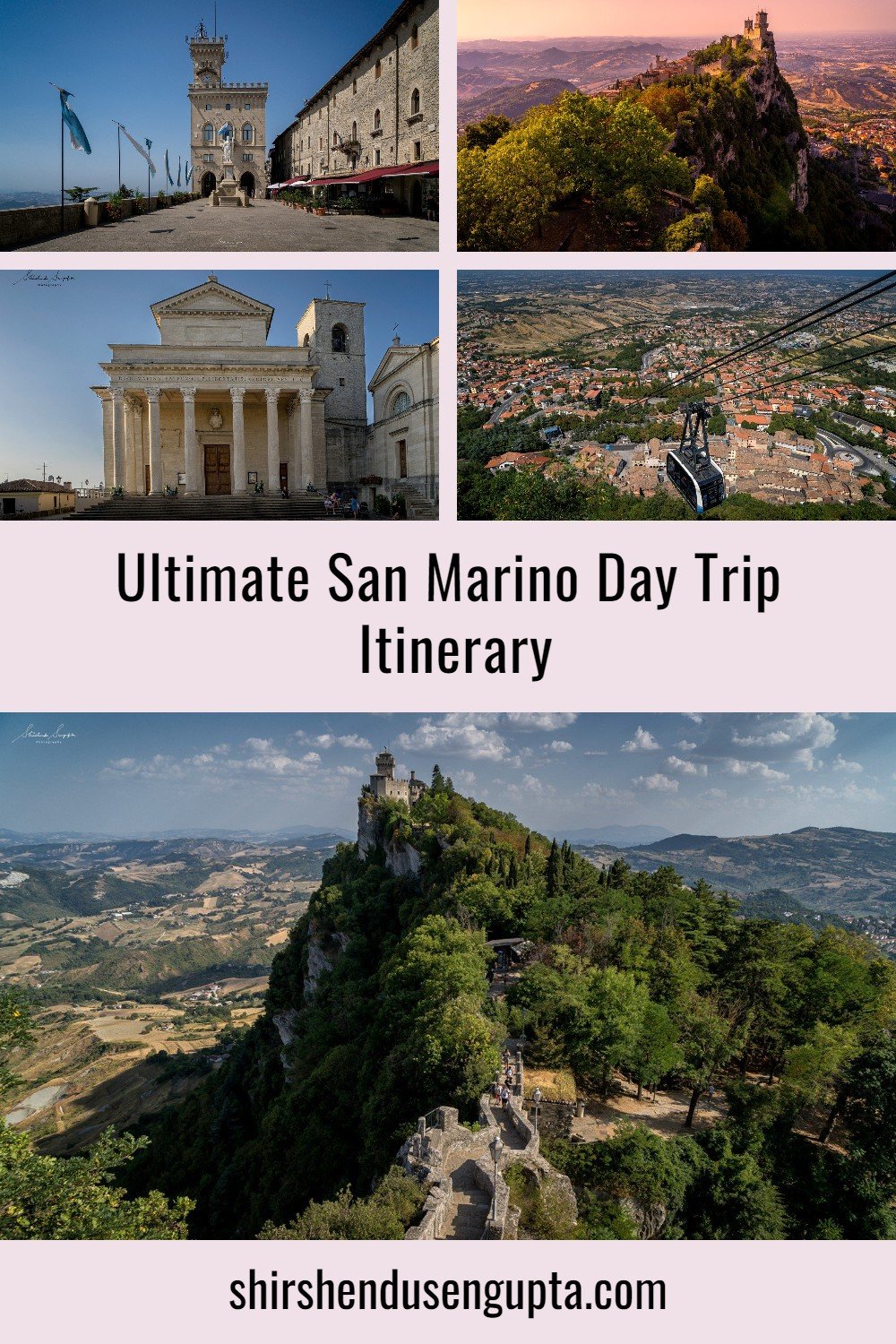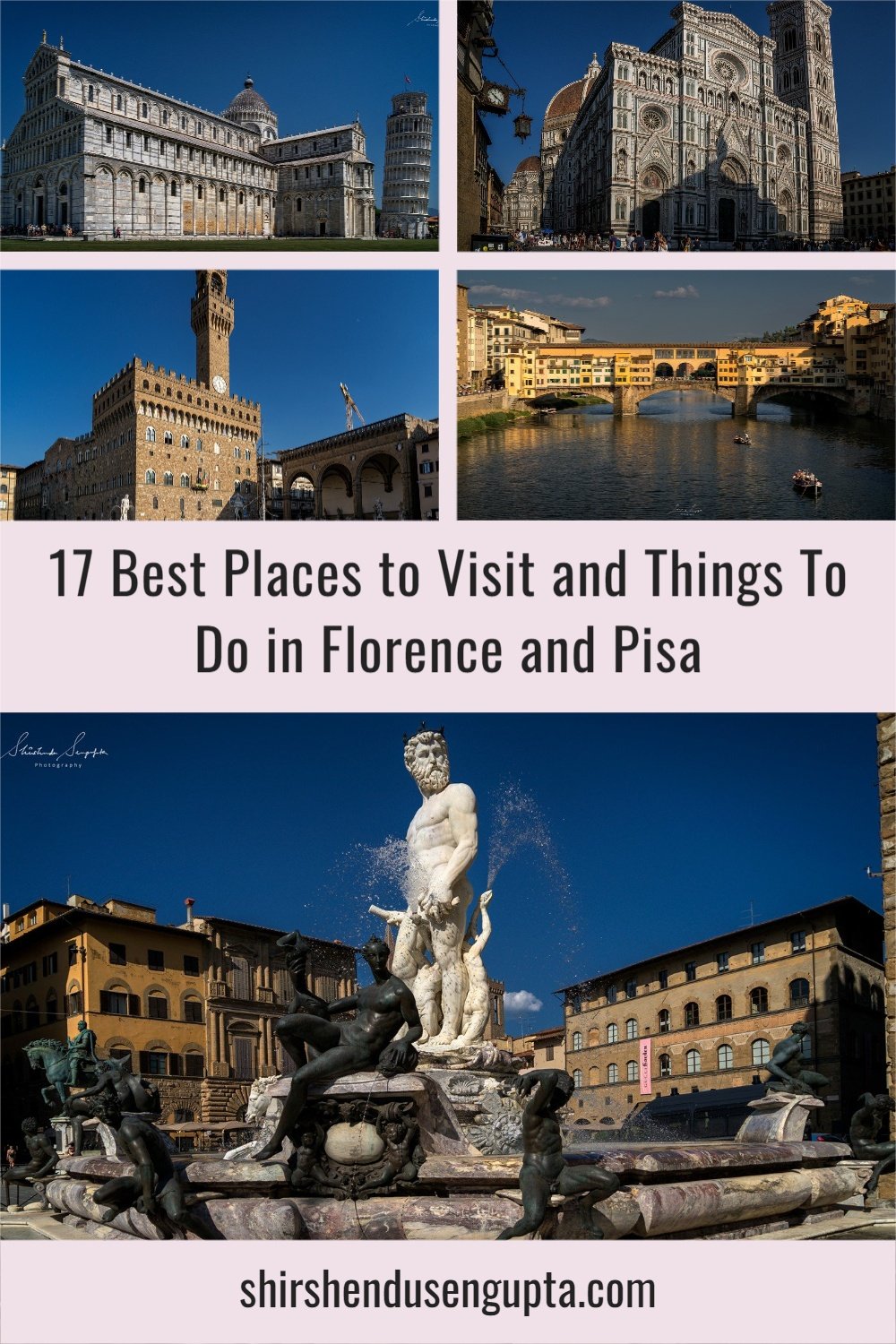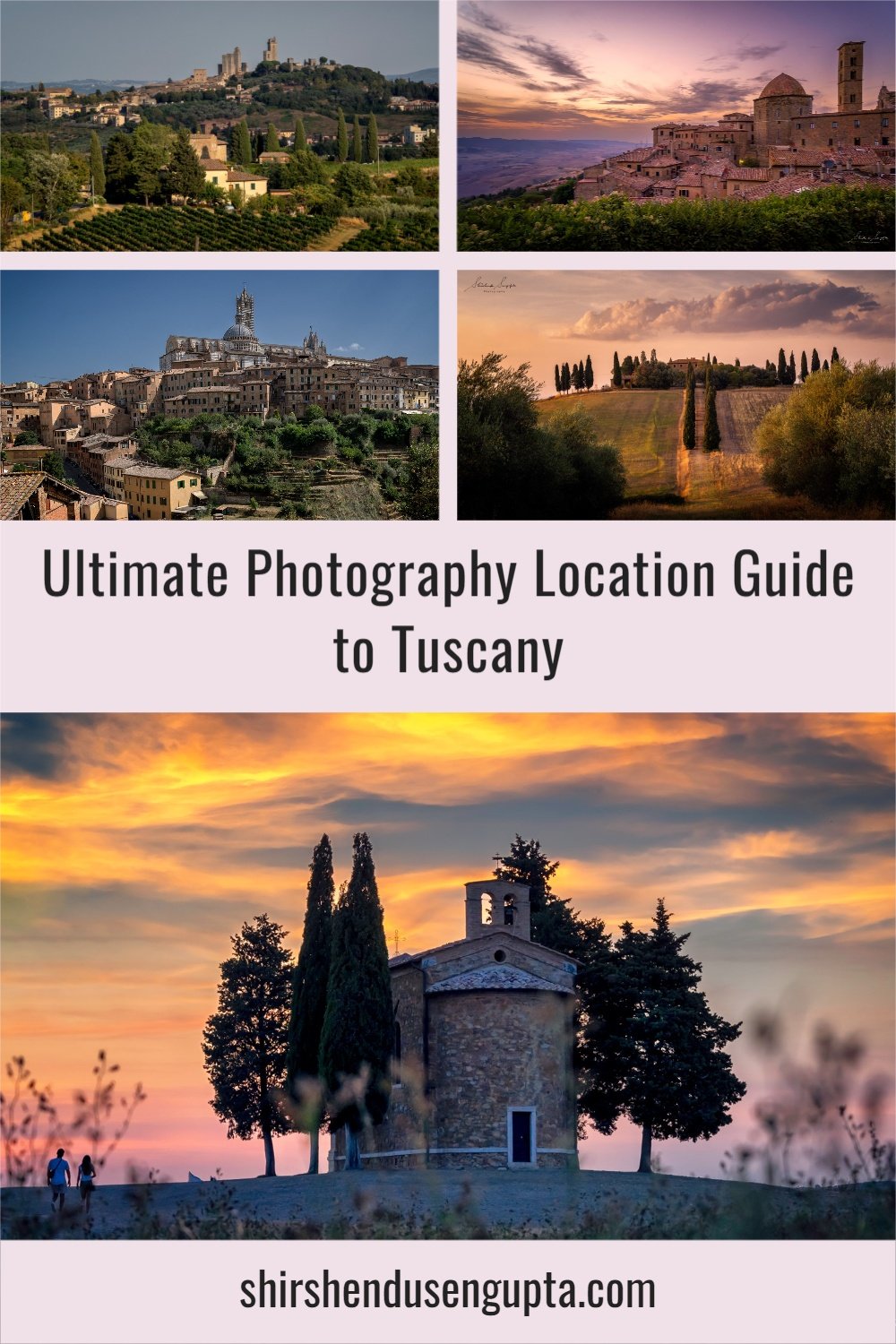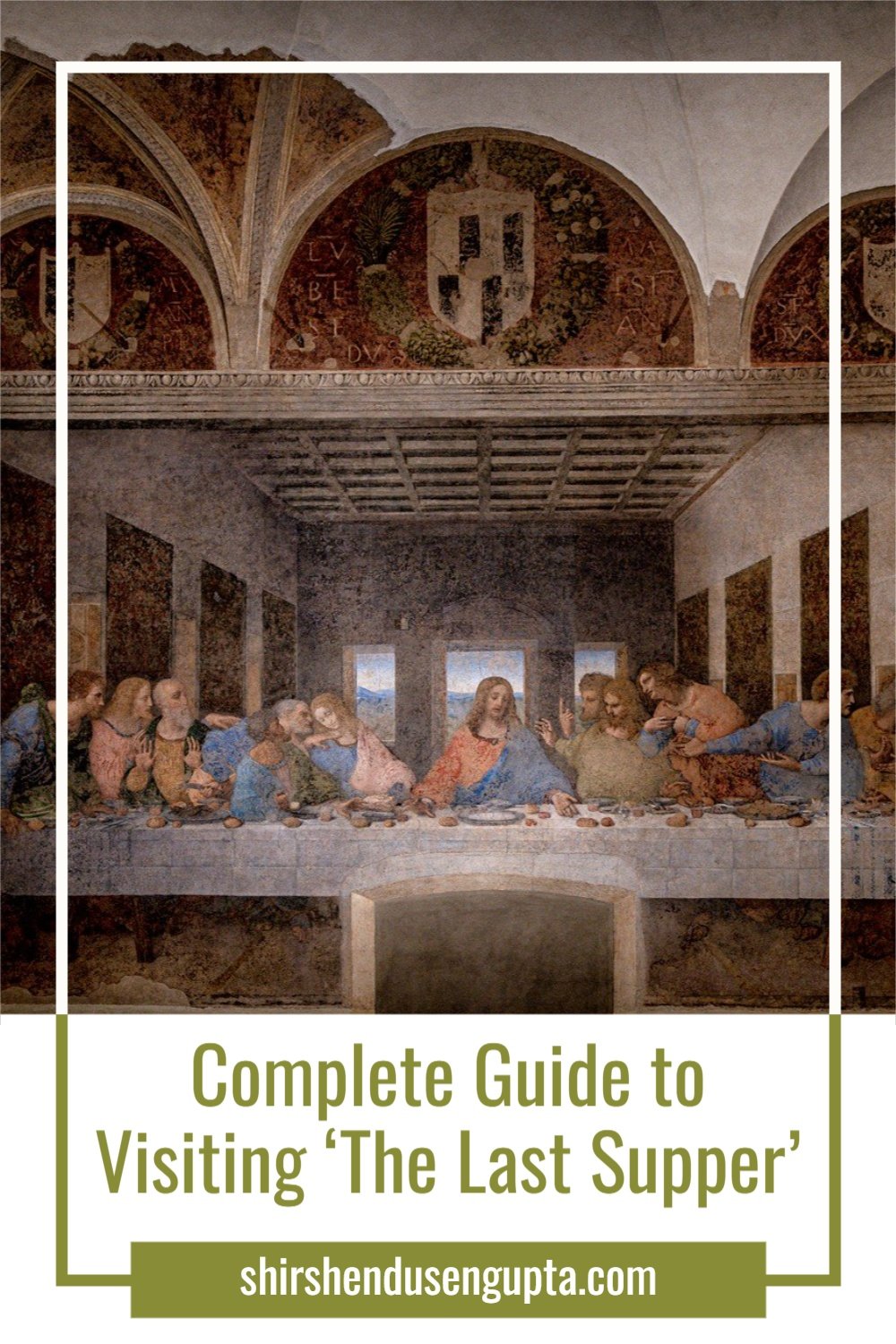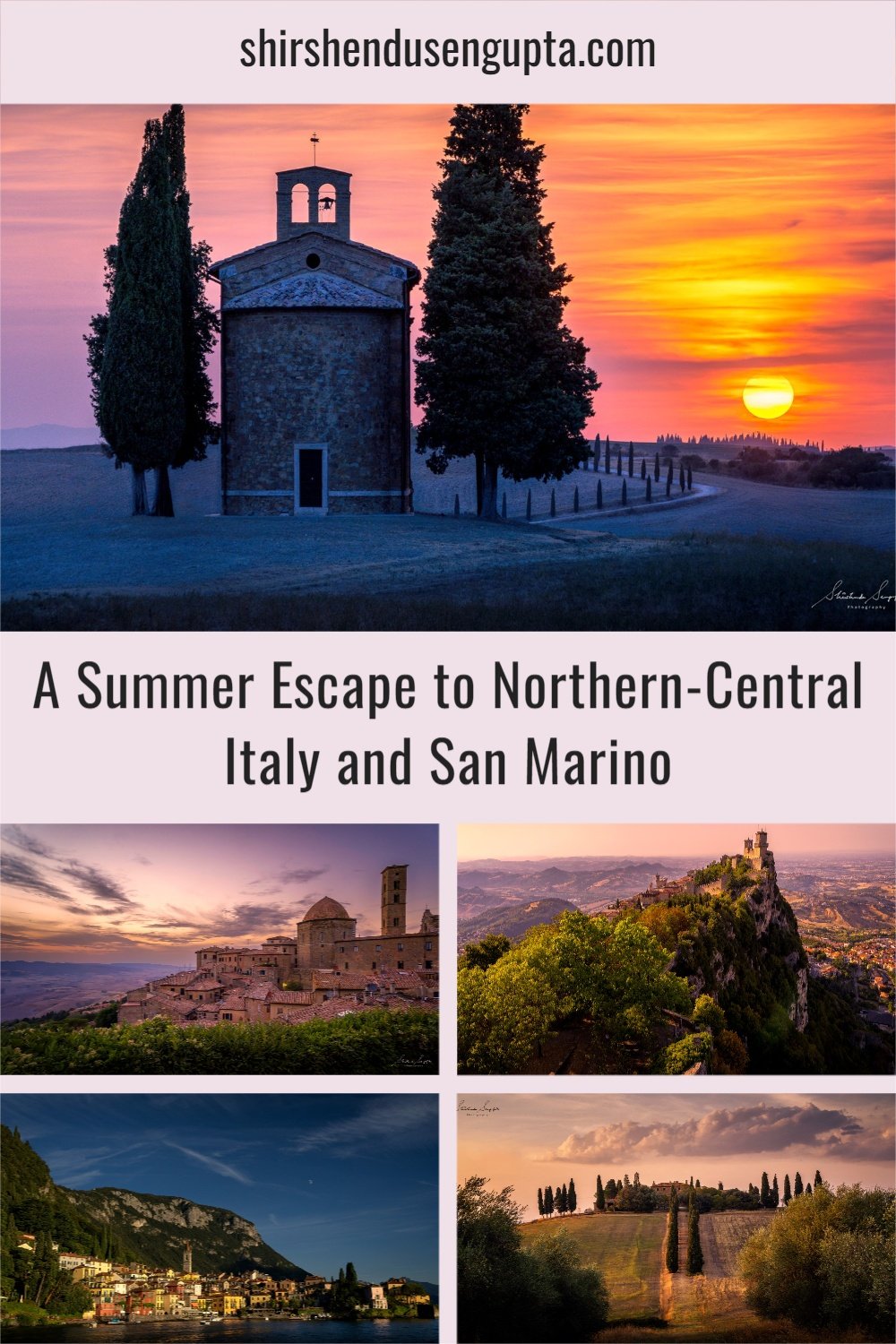The Chronicles of Bosnia and Herzegovina | The Best Places to Visit in Mostar and Surroundings
Prologue
During a memorable Easter, we set off on a marathon road run, An Easter in Eastern Europe | A 6000 km Road Trip across Poland, Slovakia, Romania, Serbia, Bosnia-Herzegovina, and Austria from the Netherlands. This journey was more than just a long drive; it was a marathon of discovery, filled with charming towns, stunning landscapes, and cultural experiences that left us in awe at every turn. From historic city squares to winding mountain roads, each day brought new adventures and unexpected surprises. So based on our experience, today I’m going to take you along with me on a ride across the best places to visit in the iconic city of Mostar and its picturesque surroundings, in Bosnia and Herzegovina. Let the journey begin!
We also embarked on another adventure named A Summer in Eastern Europe | An 8000 km Road Trip across Slovenia, Albania, North Macedonia, Kosovo, Bulgaria, Romania, and Slovakia from the Netherlands | Travel Itinerary, Tips, and Tricks. From winding mountain roads to sun-soaked coastal towns, each stop offered its own surprises and adventures. If you’re curious to follow along on this epic summer journey, be sure to give it a read as well!
Welcome to Bosnia and Herzegovina
The ruggedly charming Balkan nation of Bosnia and Herzegovina (abbreviated as BiH) is known for its passionate human warmth, magnificent mountains, raftable rivers, impressive waterfalls, gorgeous Turkish-era stone architecture with quirky bars, inviting street-terrace cafes, traditional barbecue restaurants, and vibrant arts scenes. The country is home to three main ethnicities - the Bosniaks, the Serbs, and the Croats.
BiH traces permanent human settlement back to the Neolithic age, during which it was populated by several Illyrian and Celtic civilizations. From the 6th through the 9th centuries, the area was inhabited by the Slavic peoples. In the 14th century, the Kingdom of Bosnia was established. It later fell to the Turks and remained under the Ottoman Empire from the mid-15th to the late 19th centuries. During this period, the country's cultural and social outlook underwent significant changes and Islam became the main religion. In 1878, it got annexed into the Austro-Hungarian Monarchy, subsequently playing a crucial role in the outbreak of World War I. After World War I, it formed a part of a newly created Kingdom of Serbs, Croats, and Slovenes. After World War II, it became a part of Yugoslavia. Following the disintegration of Yugoslavia in 1992, most of the population of BiH voted for independence in a referendum. Much of the Serbs, however, opposed independence and boycotted the referendum. A ghastly war soon engulfed the region, as ethnic nationalists supported by Serbia and Croatia, in some cases, tried to grab territories they claimed as their own. Horrific ethnic cleansing campaigns between 1992 and 1995 killed thousands and violently displaced more than two million people in much of BiH. In 1995, finally, the international intervention led to a peace agreement, known as the Dayton Accords.
The Best Places to Visit in Mostar and Surroundings
Mostar
The medieval city of Mostar derives its name from its Old Bridge, Stari Most (Most in Serbo-Croatian means bridge). In the 16th century, Mostar became a Turkish fort town when the Turks changed the town's wooden suspension bridge over the Neretva river with a stone arch, a marvel of Ottoman engineering. Throughout the Bosnian civil war in the 90s, the bridge was damaged by heavy gunfire from Bosnian Croat forces. A significant restoring job was carried out to bring back the bridge and neighboring structures that had actually been harmed. The bridge resumed in 2004. The bridge and the surrounding location were declared a UNESCO World Heritage site in 2005.
Koski Mehmed Paša Mosque, Mostar
Built in 1618, the Koski Mehmed Paša Mosque is the second largest mosque in Mostar. It is situated 150 meters north of the Old bridge on the very edge of the river bank. That position offers an extraordinary view over the Old town from the mosque's minaret. The mosque was heavily damaged during the Bosnian war but has now been restored.
Stari Most Diving, Mostar
For centuries, people have been diving off Stari Most into the Neretva River. It's a dangerous dive, and many have even passed away trying this accomplishment. Members of the Stari Most diving club stand on the bridge, taking contributions from travelers. They leap from the bridge once they get 25 euros. Making the leap, a minimum of one time is a rite of passage from adolescence to adulthood for many who reside in Mostar.
Official yearly bridge-jumping competitions began in 1968 and are still held each summer season. In the year 2015, the Red Bull Cliff Diving World Series was organized in Mostar. Travelers are likewise allowed to leap from the bridge but after approval from the diving club.
Kujundžiluk (Old Bazaar), Mostar
Kujundžiluk, the Old Bazaar that thrives among narrow winding cobbled lanes in the heart of the city of Mostar, dates back to the 16th century. Historically, it was the business world's beating heart in the whole area, with more than 500 workshops in the Ottoman era. Today, the Old Bazaar represents the architecture and life of Mostar from the bygone times. The on-sale vast array of vibrant products, such as chandeliers, porcelain pots, copper vessels, and the tiny dining establishments and crowded coffee shops exemplify the traditional ambiance.
Day Trips from Mostar
From Mostar, there are several day trip options. The Blagaj Tekija (A Dervish monastery) set up in a stunning location, the famous St. James Church of Medugorje, rich with legends of sightings of the Virgin Mary, and the beautiful Kravice Cascade Waterfalls, all are reachable within an hour drive from Mostar. As soon as you leave Mostar, you will be welcome by mesmerizing Bosnian countryside scenery.
Blagaj Tekija (Monastery), Blagaj
Blagaj Tekija is a Dervish abbey outside Mostar, Bosnia, that's almost 600 years old. Dervish or Darwish are members of a Sufi fraternity (tariqah) who take to ascetic practices like spiritual mendicity and marital hardship.
Positioned at a stunning location at the base of a cliff, beside the river Buna's source, the Tekija (or Tekke) was first established during the peak of the Ottoman empire. Time and rock slides have actually caused substantial repair work and restoration to the structures. Today, thanks mainly to a Turkish travel agency, the Tekke looks as it did 600 years back.
Medugorje
The story of Medugorje is famous among many Catholics. In 1981, six teens were playing together in the hills between the towns of Medugorje and Bijakovici. It was on this barren hillside that Mother Mary spoke and appeared to them. When the kids informed their moms and dads, the very first response was skepticism. The apparitions, nevertheless, did not stop. She appeared again and again and quickly made followers out of even the staunchest of critics.
Ever since it is approximated that over 15 million individuals have visited this remote location. Medjugorje ended up being among the biggest Catholic expedition sites worldwide. However, since there has been much debate over the visions' authenticity, the Pope has not acknowledged it as an official Christian pilgrimage. However, millions of loyal Catholics from all over the world visit this spiritual location, and the numerous fantastic accounts recommend that miracles are a recurring event here. The Virgin Mary is stated to still appear every day to three teens for a year and next year to another three. For us, it was an overwhelming feeling to witness so many believers getting emotional while kneeling in front of the sculpture of the Virgin Mary and we also caught a glimpse of a Christian wedding inside the small and serene St. James' church.
St. James’ Parish, Medugorje
St. James' Parish (where today's church stands) was founded in 1892 and is still served by the Franciscan friars. The first church was established in 1897; after the First World War, it ended up being unusable due to the unstable ground. The parishioners started strategies to construct a brand-new church, with two pointed towers, near the old church's foundations which was finally consecrated on January 19, 1969.
It is thought that the structure of the brand-new church belonged to the Divine strategy the whole time. At the time, the parish just included 400 households; why was St. James' Church designed to accommodate more than two thousand individuals and dedicate to the apostle Saint James the Greater, the patron saint of pilgrims? Faith says probably because Virgin Mary was preparing the parish of Medjugorje for its unique role in the spiritual world. St. James' Church is now the center of sacramental and prayer life, not just for its parishioners, but likewise for pilgrims from all over the world. At the entryway to the church premises stands the Queen of Peace's stone statue, the carver Dino Felici's work.
Kravice Waterfalls, Studenci
The majestic cascade waterfall of Kravice or Kravica, one of the best-kept natural secrets of Europe, is situated 40 km south of Mostar. Kravica is a popular swimming and picnic location and, travelers from Mostar, Medjugorje, and Dubrovnik frequent it during the summer months.
Počitelj
The stepped medieval fortress (Sahat-kula) village of Počitelj, located 35 km south of Mostar, is one of the most picture-perfect architectural ensembles in the country. Cupped in a steep rocky amphitheater, the UNESCO world heritage site of Počitelj is a warren of stairways climbing between ramshackle stone-roofed houses and pomegranate bushes.
Interiors of Hadzi-Alija Mosque, Počitelj
“The late-morning call of the muezzin beckons throughout the sun-baked hillside, but no one other than the wife, daughter, and son of the imam answer the call to prayer. While some might attribute the low turnout at the mosque in this tiny, quaint town, which sits perched strategically on the left bank of the Neretva river, to the demands of modern society or to a general moving away from religion, there is perhaps a more sinister reason: much of the Muslim population from Počitelj was killed, expelled, or forced into concentration camps during the 1992-1996 war.
Refugees of the war have been encouraged to return but apart from a handful of women who peddle their homemade wares and delicious garden-grown fruit along the cobblestone path leading up the hill, there is no evidence that the village is more than sparsely populated. There is an unshakeable feeling of desertion. This feeling combines with a growing sense of injustice the further along the path one walks. Terrible things happened here during the war, atrocious acts that are difficult to excuse. Some atrocities are seemingly beyond repair. Upon reaching the mosque, however, and being invited inside by the smiling imam to witness the namāz, belief in the fundamental possibility of forgiveness and reconciliation is restored. If Hadži Alija’s stunning mosque can be reconstructed, there is hope that the people of Počitelj can heal as well.” - By Cheryl Bousquet
Visiting Mostar and Surroundings
Best Time to Visit: Late spring (May and June) and early fall (September and October), are the ideal times to go to Mostar. There are few tourists and nice weather during these times of the year. Although it can get very hot in the city, the summer (July and August) can still be pleasurable. As mentioned earlier, we visited Mostar during the Easter holidays in April.
Number of Days to Stay: Three to five days are sufficient to fully explore Mostar and the surrounding areas. This gives you enough time to visit Mostar's main attractions and go on day trips to neighboring places.
Best Place to Stay: Old Town (Stari Grad) is the best place to stay because it's close to the famous Stari Most (Old Bridge), cobblestone streets, old buildings, and vibrant markets. While still being close to the Old Town, West Mostar offers more contemporary lodging and services. If you're looking for a more peaceful stay, Blagaj and Počitelj are also good choices. We stayed in the Old Town of Mostar.
Best Way to Arrive: There are limited international flights from Mostar International Airport. Alternatively, you can fly into Croatia's Dubrovnik Airport or Bosnia’s capital Sarajevo’s International Airport, then take a bus or a car to Mostar. There is a pleasant train route that travels from Sarajevo to Mostar and provides stunning views of the surrounding area. Major cities in Bosnia and Herzegovina as well as nearby nations are easily accessible from Mostar via bus. There are regular and dependable buses from Split, Dubrovnik, and Sarajevo. Traveling by car to Mostar offers freedom and the chance to discover the surroundings. The roads have beautiful scenery and are usually kept up nicely. We drove into Mostar from Serbia.
Best Local Mode of Conveyance: The majority of Mostar's top attractions are located in the Old Town, and are walkable. Taxis are convenient for traveling to neighboring villages and tourist destinations, and they are accessible for usage within the city. If you want to see the area at your own speed, renting a car is a great option. It makes locations like Kravice Waterfalls, Počitelj, and Blagaj easily accessible. Renting a bike or scooter can be an enjoyable way to get around Mostar and its environs, particularly for short trips.
Epilogue
So that brings us to the end of our journey across the best places to visit in the iconic city of Mostar and its picturesque surroundings. Please let us know in the comments below if you enjoyed reading this article.
If you wish to read the day-by-day account of our complete 6000 km road run across Eastern Europe during Easter, please visit our article An Easter in Eastern Europe | A 6000 km Road Trip across Poland, Slovakia, Romania, Serbia, Bosnia-Herzegovina, and Austria from the Netherlands, or if you’re curious to follow along on our other epic adventure, A Summer in Eastern Europe | An 8000 km Road Trip across Slovenia, Albania, North Macedonia, Kosovo, Bulgaria, Romania, and Slovakia from the Netherlands | Travel Itinerary, Tips, and Tricks, be sure to give it a read as well. And if you want to know more about traveling to Bosnia and Herzegovina, please visit bosnia4u.com. Until then, merry traveling and happy shooting!
Pin the article
Bookmark the article for reading later!
Want to license/buy photos in the article?
License photos for commercial/editorial use or buy photo prints!
Want us to write an article for you?
Articles for magazines, newspapers, and websites!
Watch our Videos
Check out our videos on our Youtube Channel!
Join the Newsletter
Get updates on our latest articles!
We respect your privacy. Read our policy here.

















